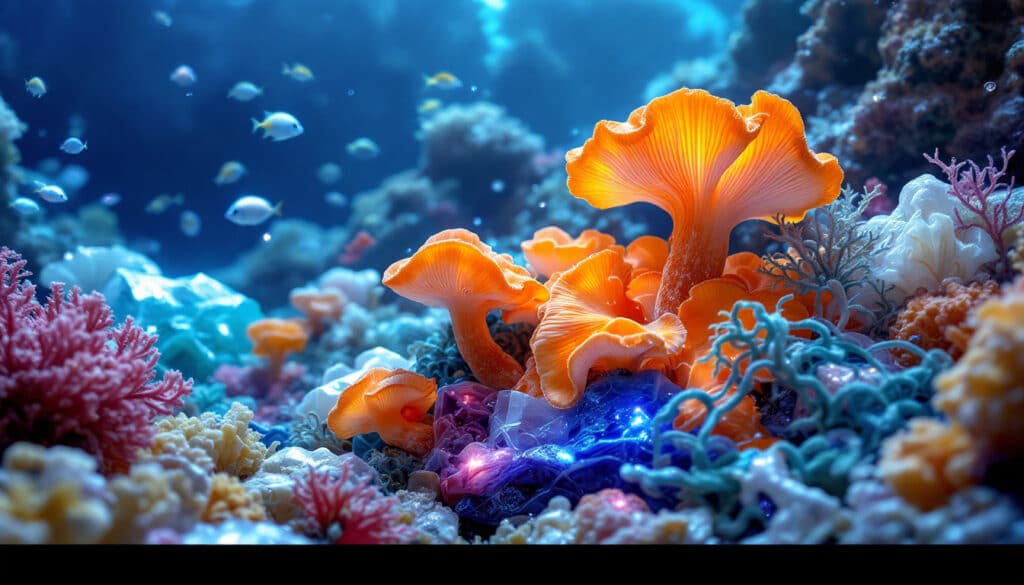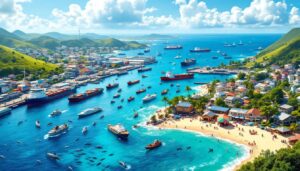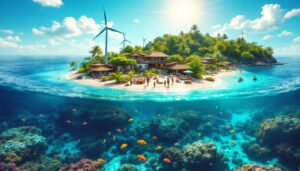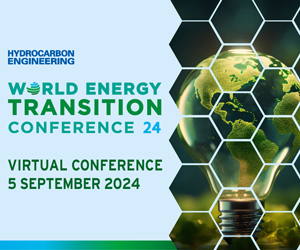The oceans are threatened by increasing plastic pollution. In the face of this challenge, promising scientific advances are emerging. Marine fungi are proving capable of breaking down persistent plastics.
This discovery opens new perspectives in the fight against sea pollution. Among these fungi, Pestalotiopsis microspora and Aspergillus tubingensis have demonstrated remarkable effectiveness. These organisms, isolated by European researchers, can consume polyethylene, the most common type of plastic. Research from the University of Hawaii at Mānoa has also revealed that over 60% of the studied fungal species possess this astonishing capability.
Table of Contents
ToggleDiscovery of marine fungi degrading plastic
Plastic pollution in the oceans is a major environmental problem threatening marine ecosystems and human life. In response to this crisis, promising scientific advances are emerging, notably through the discovery of marine fungi capable of breaking down plastic. A team of researchers from the University of Hawaii at Mānoa has recently identified several fungal species with the ability to degrade plastics such as polyethylene and polyurethane. These powerful fungi offer a glimmer of hope for reducing plastic pollution and preserving the oceans.
Scientists have isolated over 60% of the fungal species present in the coastal environment of Hawaii capable of breaking down plastic. Among them, species such as Pestalotiopsis microspora and Aspergillus tubingensis stand out for their efficiency and application potential. These discoveries pave the way for innovative solutions to manage and recycle plastic waste, utilizing natural degradation processes.
The ability of these fungi to decompose plastic relies on their unique metabolism, which allows them to transform resistant polymers into less harmful substances. This capability is particularly remarkable under marine conditions, where alternatives for effective plastic waste management are limited. By integrating these fungi into ocean cleanup projects, it becomes possible to significantly reduce the amount of persistent plastic in marine environments.
How do Mānoa fungi decompose plastic?
The marine fungi from Mānoa use specialized enzymes to break down the complex chemical bonds of plastics. This process, known as biodegradation, involves several key steps. First, the enzymes secreted by the fungi attack the polymers of the plastic, fragmenting them into smaller molecules. Then, these fragments are metabolized by the fungi, which use them as a source of carbon and energy for their growth.
The degradation of plastic by the fungi occurs in several phases. In the first phase, fungal enzymes break the long chains of polymers into shorter oligomers. These oligomers are then assimilated by the cellular metabolism of the fungi, transforming the plastic into less polluting organic compounds. This process not only reduces the amount of plastic in the oceans but also contributes to decreasing the toxicity of plastic waste.
Moreover, some marine fungi can be trained or optimized to enhance their degradation efficiency. Through biotechnology techniques, researchers can modify the environmental or genetic conditions of the fungi to improve their ability to decompose plastic. This optimization allows for an accelerated degradation process, making the Mānoa fungi key players in the fight against plastic pollution.
Key species: Pestalotiopsis microspora and Aspergillus tubingensis
Among the different species of fungi discovered at Mānoa, Pestalotiopsis microspora and Aspergillus tubingensis stand out for their exceptional ability to degrade plastic. Pestalotiopsis microspora is particularly effective in breaking down polyethylene, one of the most common plastics found in the oceans. Its specialized enzymes decompose long chains of polymers, facilitating their metabolism by the fungus.
On the other hand, Aspergillus tubingensis shows a remarkable ability to degrade polyurethane, another plastic commonly found in marine waste. This species produces powerful enzymes that attack the chemical bonds of polyurethane, thereby reducing its complexity and facilitating its transformation into less harmful compounds. These two species represent potential solutions for managing marine plastic waste.
Research conducted at Mānoa has also highlighted other species of marine fungi with degrading capabilities. Each species possesses unique characteristics that can be utilized in specific contexts of plastic degradation. The diversity of the marine fungal microbiome offers a wide range of possibilities for optimizing and diversifying strategies for recycling and managing plastic waste.
Impact of UV rays on plastic degradation by fungi
Ultraviolet rays (UV) play a crucial role in the plastic degradation process by marine fungi. When exposed to UV, plastics undergo alterations in their molecular chains, making polymers more vulnerable to the enzymatic action of fungi. This initial exposure facilitates the work of fungi by initiating the fragmentation of plastics, thus accelerating the degradation process.
The marine fungus Album Parengyodontium, for example, shows an increased ability to decompose polyethylene when exposed to UV rays. Scientists have observed that in areas where plastics are regularly exposed to sunlight, plastic degradation occurs much faster. This suggests a synergy between the effects of UV and fungal activity, paving the way for combined methods to improve the efficiency of plastic degradation.
Furthermore, the interaction between UV and marine fungi can be optimized to maximize plastic degradation. By controlling the conditions of UV exposure, it is possible to create an environment conducive to faster and more complete degradation. This approach could be integrated into ocean cleanup projects, where the most polluted areas would benefit from a natural enhancement of plastic decomposition due to the combined action of UV and degrading fungi.
Potential for accelerating the degradation process
The potential for accelerating the plastic degradation process by marine fungi is a key dimension of the research conducted at Mānoa. By training or optimizing certain fungal species, scientists can increase the speed and efficiency of plastic decomposition. This training can be achieved through several methods, such as genetic modification, adjusting environmental conditions, or introducing enzymatic cofactors.
Experiments conducted so far show that certain environmental conditions, such as nutrient availability or temperature, can influence the ability of fungi to degrade plastic. By adjusting these parameters, researchers have observed a significant increase in the degradation rate. For example, by providing additional sources of carbon or adjusting the pH of the environment, fungi can be stimulated to produce more degrading enzymes.
Moreover, research in biotechnology allows for the development of fungal strains specifically designed to optimize plastic degradation. By selecting and crossing fungal species with high degrading capabilities, it is possible to create supercharged fungi for this task. These technological advancements offer promising prospects for the large-scale application of plastic degradation, thus contributing to the rapid reduction of marine pollution.
Practical applications and future prospects
The discoveries of marine fungi degrading plastic open up numerous practical applications for managing plastic waste. One of the most promising applications is the integration of these fungi into marine waste treatment systems. For example, bioreactors could be designed to house these fungi, allowing for controlled and accelerated degradation of plastic collected from the oceans.
Another potential application is the use of these fungi in ecological cleanup initiatives. By introducing these fungi into polluted marine areas, it would be possible to promote the natural decomposition of plastic, thereby reducing the amount of persistent waste. This ecological approach could be combined with other waste management strategies to create sustainable and effective solutions.
In the future, research could focus on developing optimized marine bioreactors capable of maximizing the efficiency of degrading fungi. Furthermore, exploring new fungal species and gaining a deeper understanding of their degradation mechanisms could allow for the extension of the application of these solutions to other types of plastics and different marine environments.
Finally, international collaborations and ongoing research initiatives will be essential to fully harness the potential of marine fungi in the fight against plastic pollution. By combining scientific knowledge with practical efforts and appropriate environmental policies, it is possible to transform these discoveries into concrete solutions for preserving our oceans and our planet.









